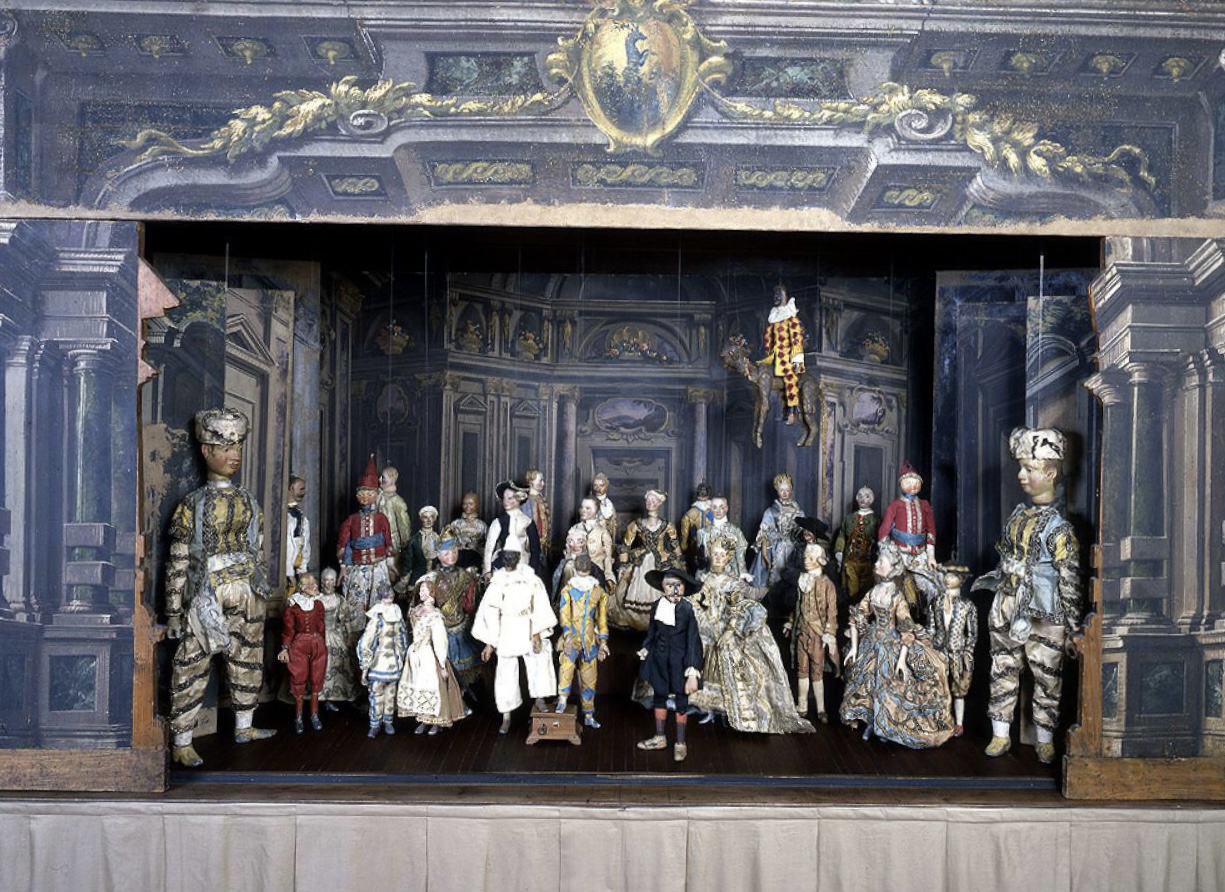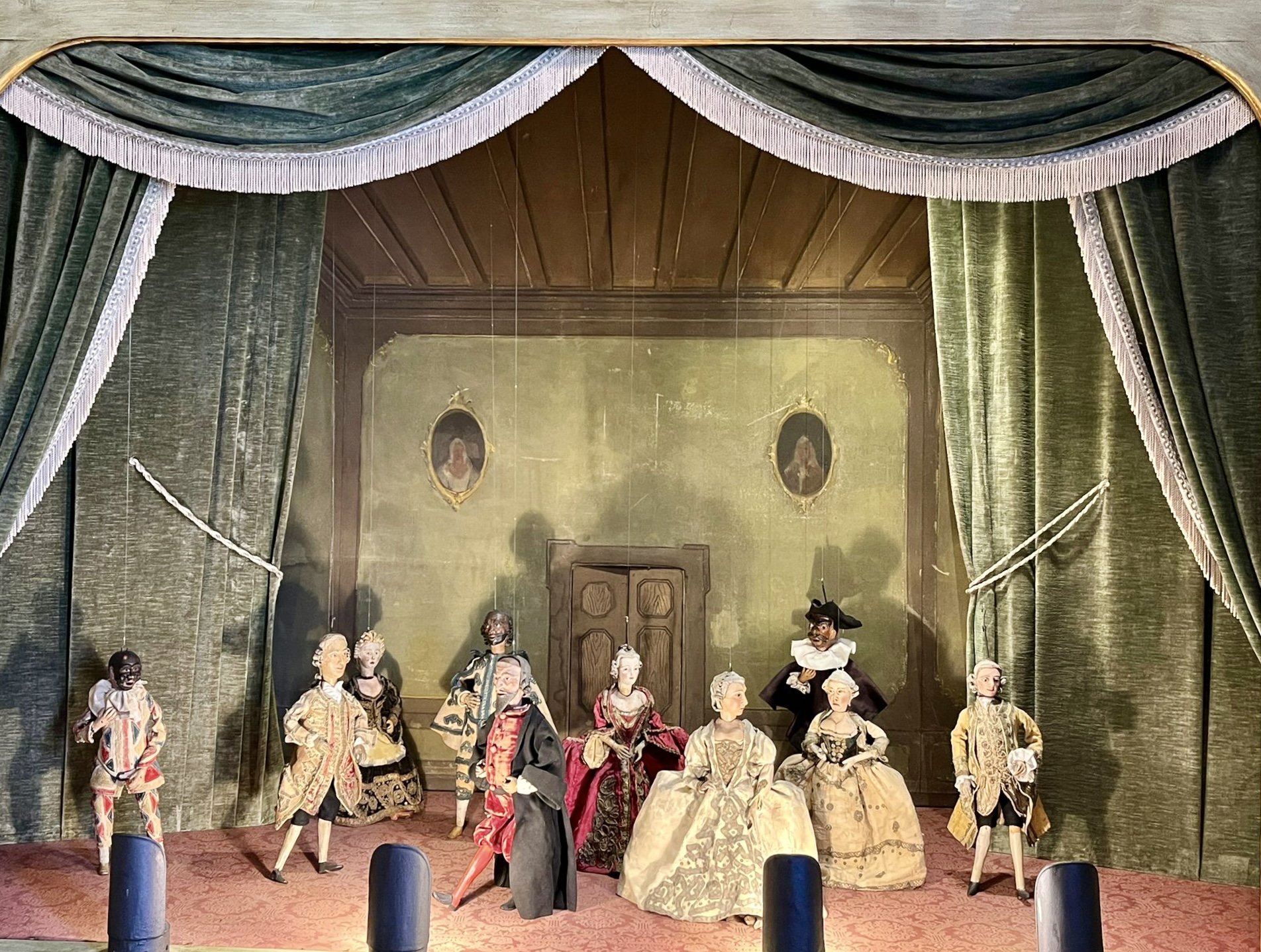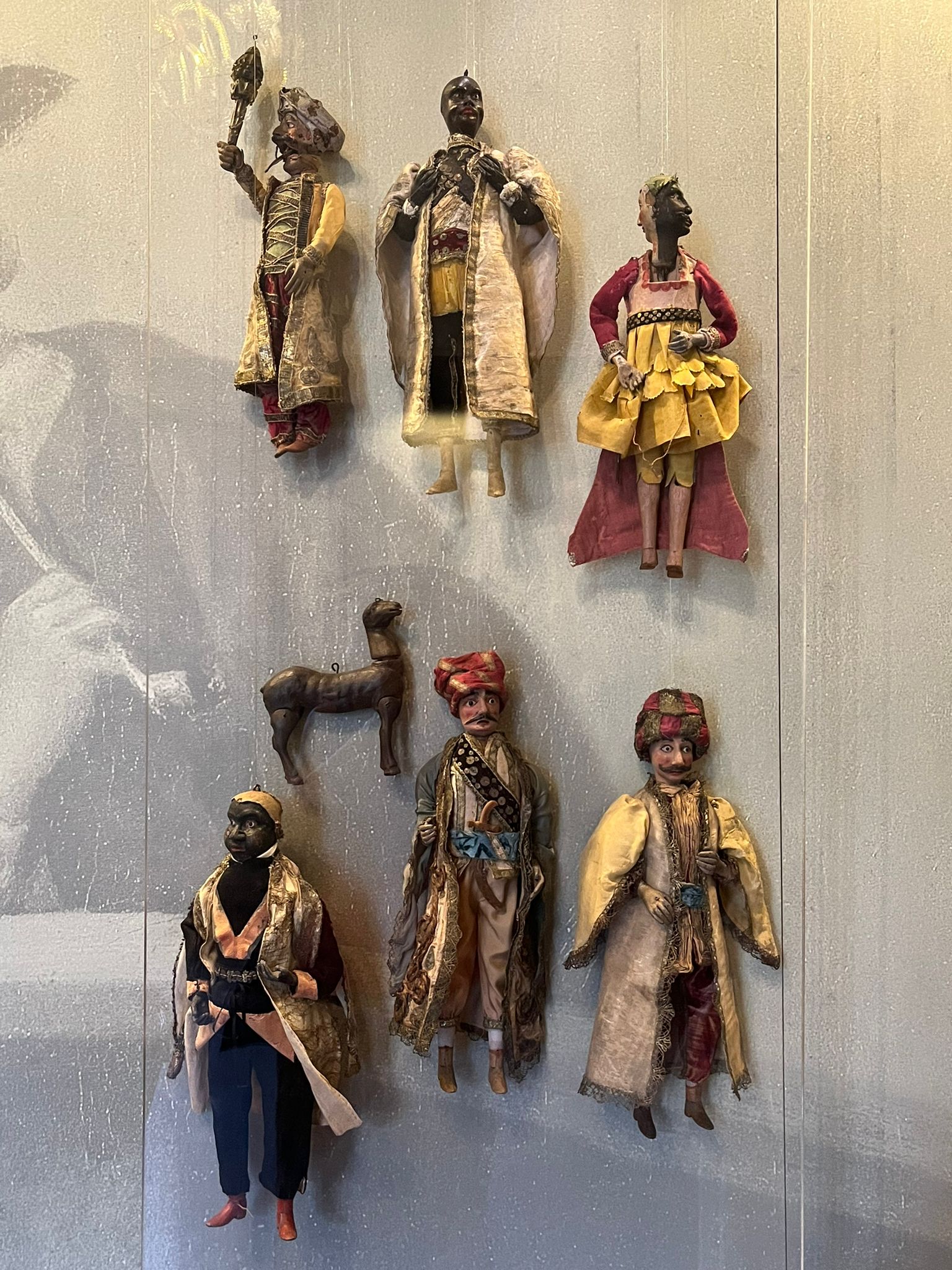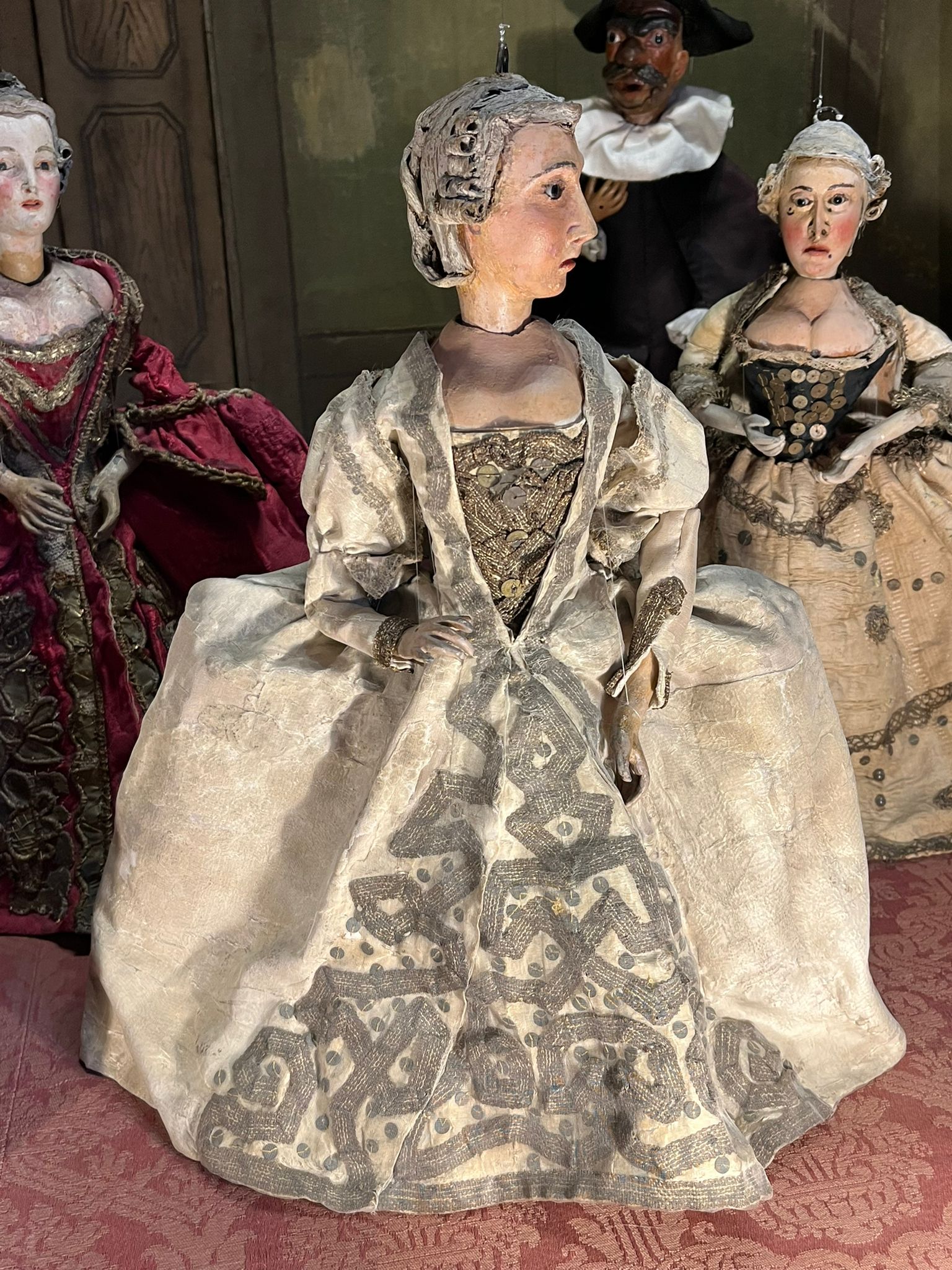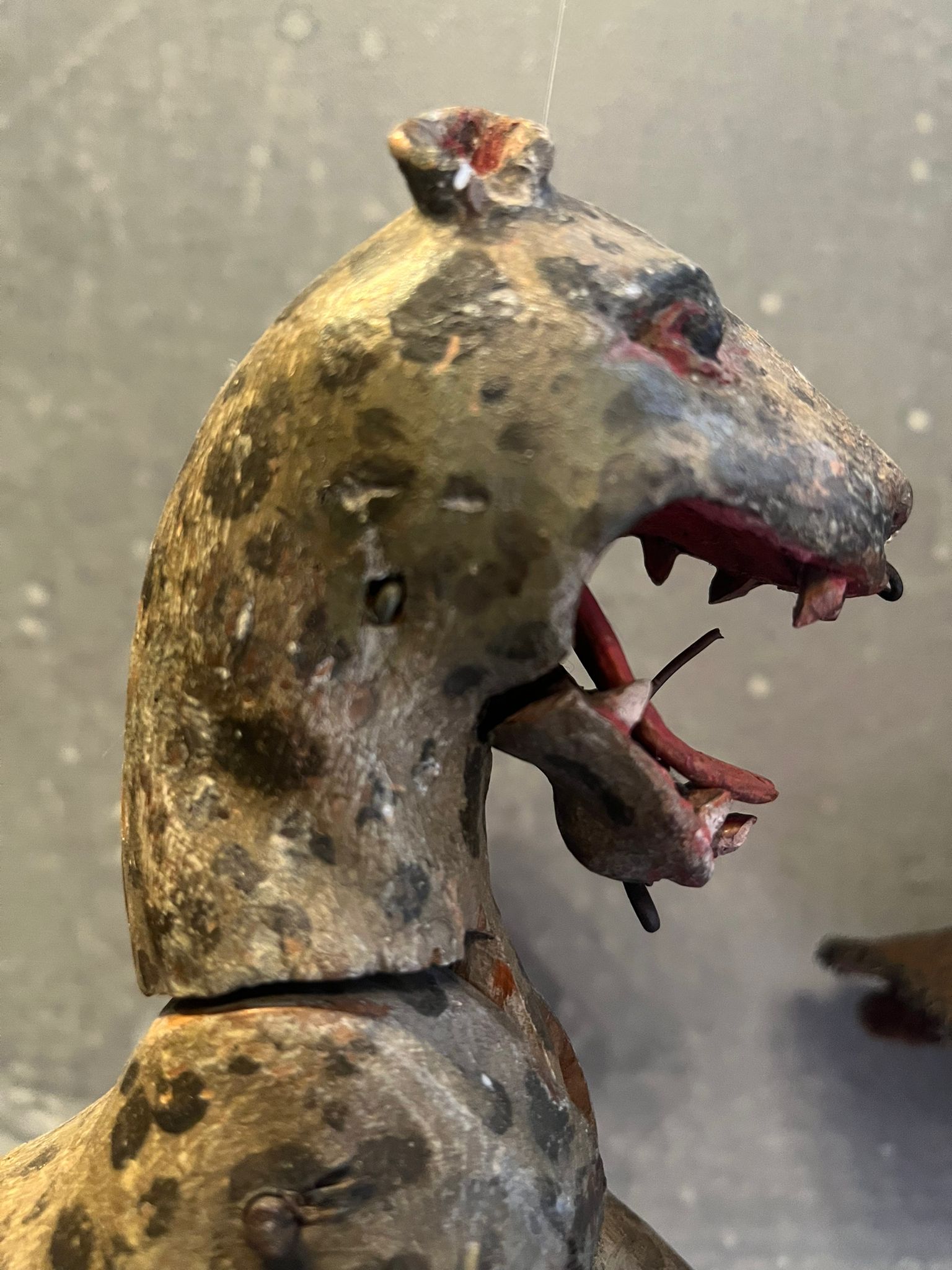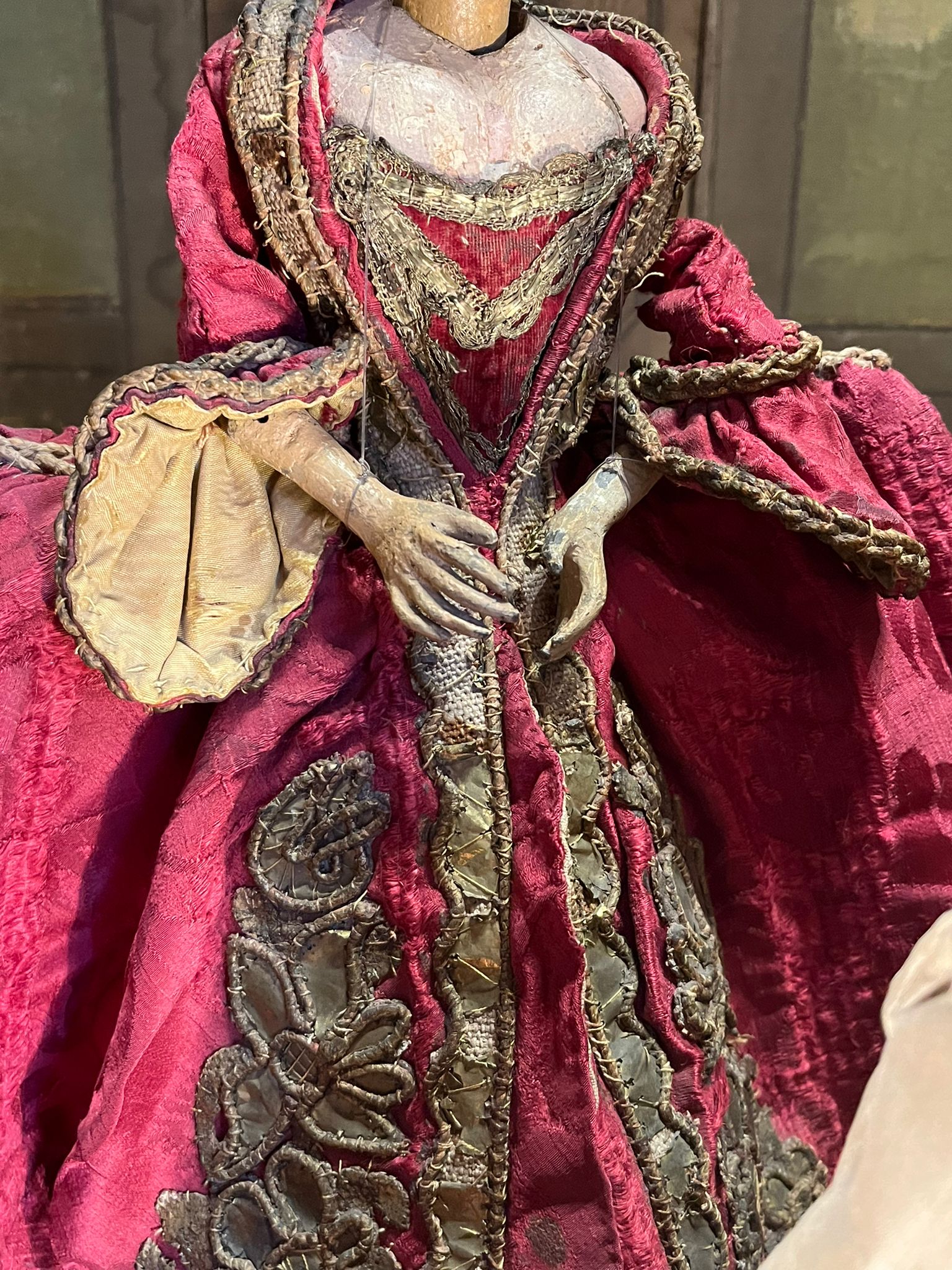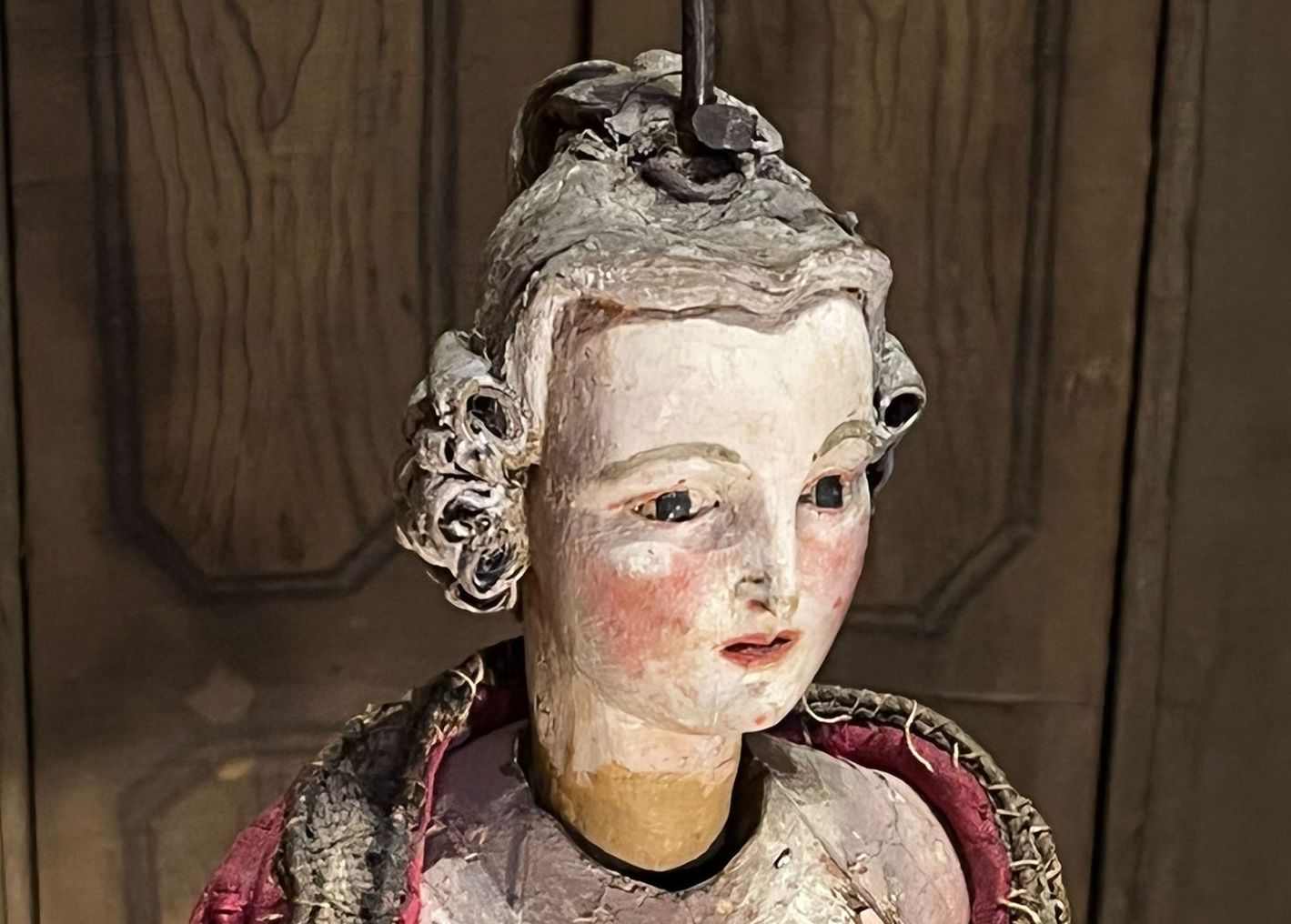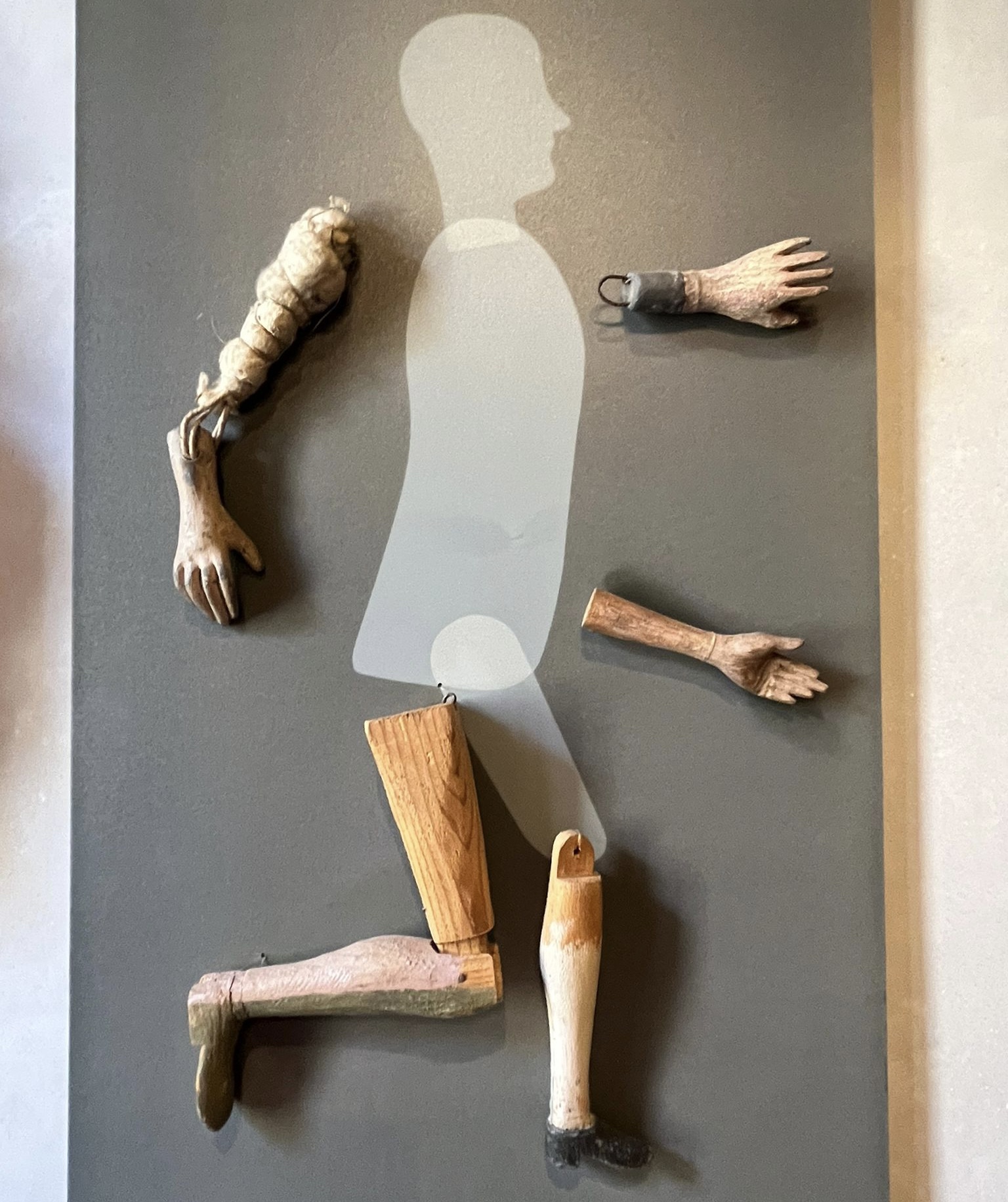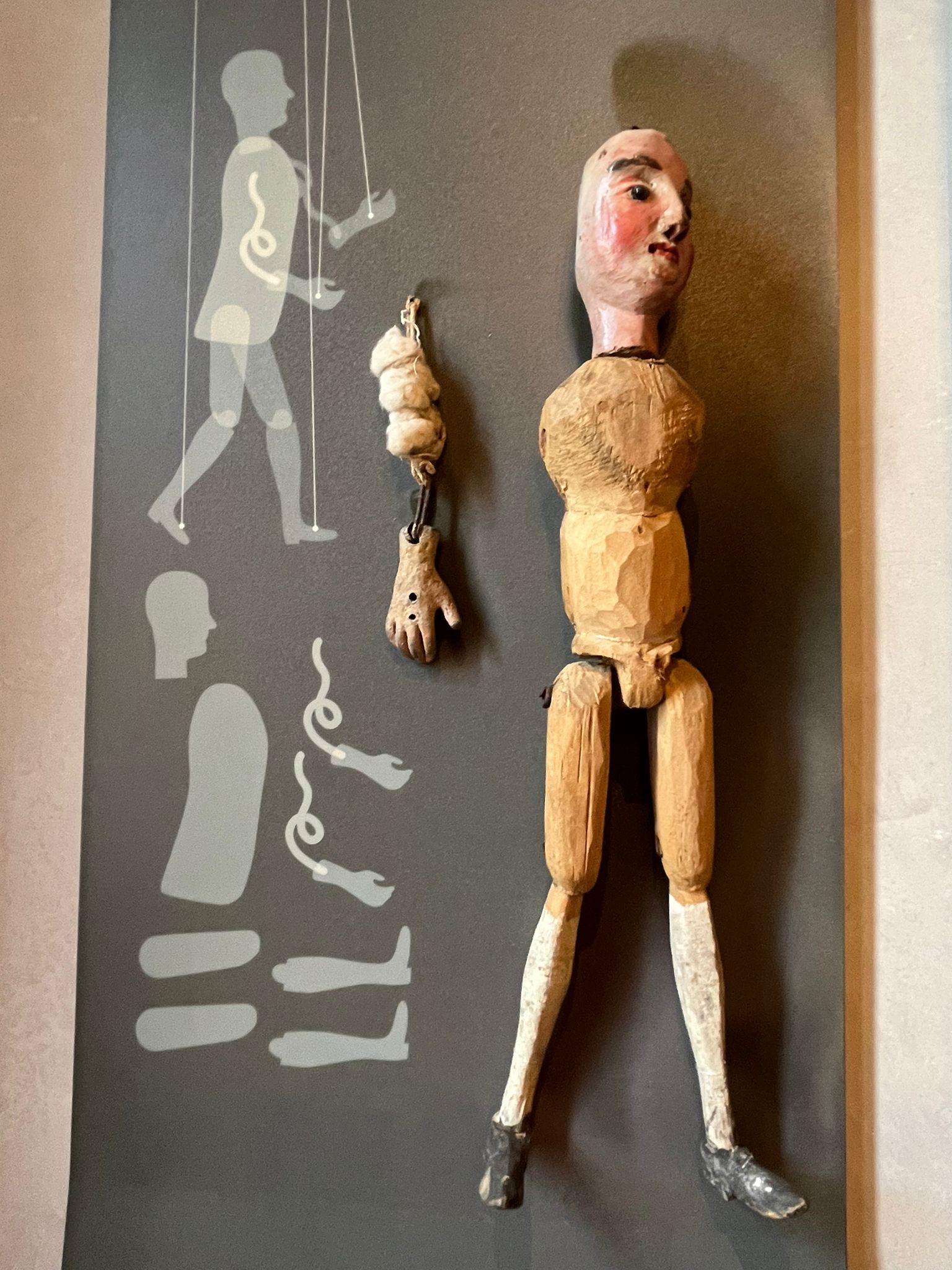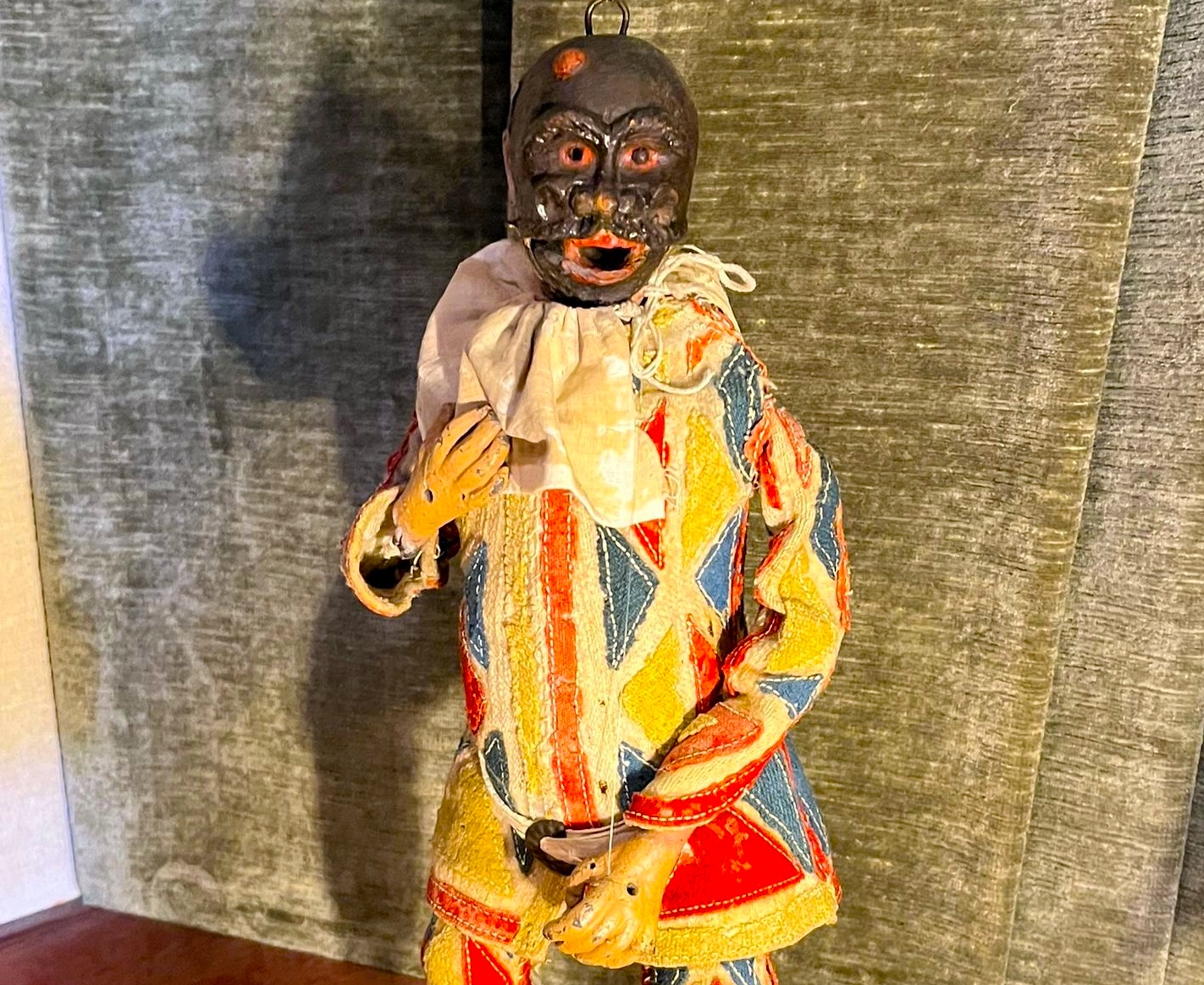A world to rediscover...
Venice was for a long time, and particularly in the 1700’s, one of the
most relevant European centers of theatrical productions. In the 18th century, in fact, there used to be about
15 theaters in Venice, and the artistic quality of such productions was so high that the city was considered one of the capitals of music and theater.
Besides the ones open to the public, there used to be some others that would perform in
the palazzos of the Venetian nobility, which was
quite fond of marionettes at that time.
Marionette theaters could be used by writers and musicians to test their abilities, as well as to entertain special guests of the family. The
production for this art would be very refined, very far from the elementary and sometimes vulgar performances of the puppets’ houses (called
casotti or castelli in Venetian) that one could find in campos and along the alleys.
Marionettes’ Theaters in 1700’s Venice
The first theater to use
wooden puppets to stage an opera,
back in 1679, was the one of
San Moisè, which used to stand close to the church that bears the same name.
Quite soon the noble families started to have them built in their houses to
entertain their guests with musical or prose performances.One of the most famous marionettes’ theaters was the one owned by the Labias in their house,
Ca’ Labia, next to San Geremia church: we know that the proscenium had been built as a replica, in a smaller scale, of the one at San Grisostomo Theater (today’s Malibran).
The
Commedia dell’Arte (Art Comedy) would be staged there, performing texts written in poetry by abbot Angelo Maria Labia, who was quite a talented poet.
In the 1700’s two other marionettes’ theaters were really famous: the one owned by the
Contarinis at San Barnaba and the one that belonged to the
Loredans at San Vio.
Venetian marionettes became well known even beyond the borders of the Venetian Republic. We can find several of them, inserted in an original proscenium, at the Davia Bargellini Museum in Bologna: the scenes were probably painted by local masters, whereas the marionettes were for sure created in Venice.
The marionettes’ theater at the Davia Bargellini Museum (from te web)
The Grimani Theater at Casa Goldoni
In the
18th century the Venetian marionettes were mostly appreciated: they were really refined and elegant, and particularly suitable to represent characters taken from
everyday real life in Venice.The only example that has been entirely preserved in our city is the
Grimani Theater (that belonged to the branch of the Grimani family of the Cannaregio district, by the church of Santa Maria dei Servi). Today we can admire it in the
Museum of Casa Goldoni. Both the marionettes (roughly 30 of them) and the
original proscenium have survived.
The Grimani Theater
Such theaters were perfect to stage situations of everyday life and, needless to say, it was a form of entertainment mainly for adults, which is easily understandable from the marionettes themselves and their clothes:
ladies, knights, gentlemen, servants, Turks, soldiers… among them we can also find interesting examples of
animals.
Marionettes representing Turks
A noble lady
Marionettes representing animals
These are all examples of
excellent quality craftsmanship, as we can see from the details and the
expressions on the faces, as well as from the
elegant clothes, sewn using the same fabrics and materials, including
silver and gold thread, as the ones that were used for real clothes.
Deteail of a costume
Detail of a marionette's head
The different parts of the marionettes and their ingenious mechanisms
Marionettes were created out of
different materials. Generally, the head was carved out of a piece of
wood and then painted.The body was made out of wood as well, while arms and legs could be made of wood or of
padded fabric. The different parts were then connected with metal joints, to allow a more realistic movement of the marionettes. Sometimes
even the mouth could be movable, as to make the characters talk, or to make their expressions
more grotesque.The body could be more or less precise in shape (it was more accurate, for instance, for
female marionettes). The hands were cast in lead, exquisitely modelled, and then painted.
The feet were also made out of lead. The reason why this heavy material would be chosen for hands and feet lies in the fact that these elements were needed as counterweights to allow the movements.
The wigs were created by using cotton threads or sometimes even real hair, styled according to the fashion of the period,
underlying the social status and the role of the characters.All the
accessories are quite realistic and refined in all their details, again following the dominant fashion: stockings, shoes, belts, hats… they were all made with great attention and care.
Marionette with padded fabric arms
Marionette (details)
All the different parts of the marionette were then attached with strings to some bars that, properly handled, allowed the movements.
Although they are not so common any more,
marionettes can still be found in Venice, and some of them are still preciously handcrafted like they used to be. Maybe today they attract mostly the children’s interests, but they are sure intriguing to a lot of people of different ages…
We will be waiting to
take you on a guided tour of the Museum of Casa Goldoni… and, why not, you might even have the possibility to
meet a real Master of Marionettes! Link
Unusual Venice: let's visit Pinocchio's island.Contacts:
info@guidedtoursinvenice.comYou might be also interested in the following guided tours and blogs:Arts and crafts in Venice. (section:
Specific tours)
Music in Venice. (section:
Specific tours)
A guided tour in Venice: the Pulcinellas at Ca' Rezzonico. (section:
Blog)
The casino Dandolo at San Moisè by Francesco Guardi. (section:
Blog)
Our guided and private tours of Venice. (section:
Blog)
Discovering the authentic Venice: arts and crafts. (section:
Blog)
